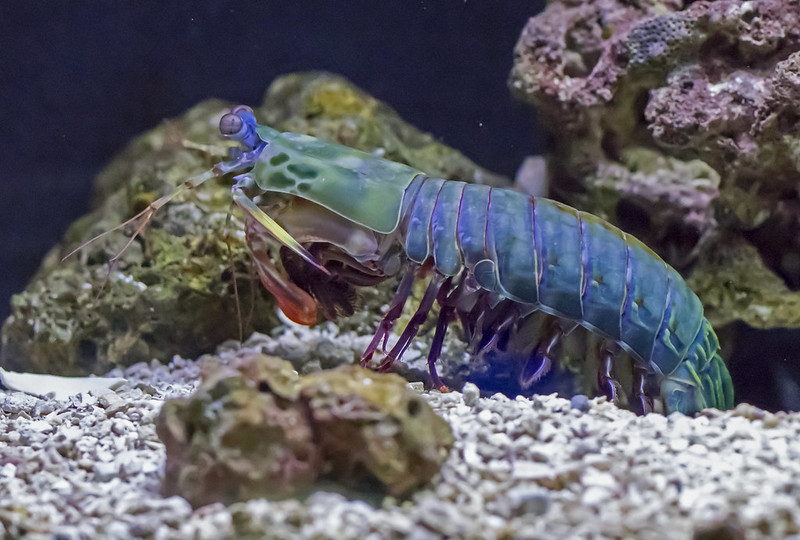Color in Nature, co-authored by Thomas W. Cronin, professor of biological sciences, covers the world of color from the first principles of physics to the use of color in art and design. An even mix of text and beautiful images, Color in Nature (Princeton University Press, November 2024) is written in an accessible style for any reader who harbors curiosity about color in our world, without sacrificing technical accuracy.
“The book is a comprehensive look at the roles of color in the biology of plants and animals, but also its role in human society and art,” Cronin says. The authors consider the roles of color in mating, hunting, fighting, deceiving, and hiding, and call upon disciplines such as physics, genetics, chemistry, physiology, and psychology. The book’s images support concepts in the text, but they “are also intended to be beautiful and to show off the diversity of colors and patterns in the natural world,” Cronin says.
Cronin contributed to the new book alongside six other authors from England, New Zealand, and the U.S. Contributors include experts in evolution, optical sciences, neuroscience, marine science, and the creative use of color.

Cronin’s four-decade career at UMBC has been primarily spent studying the unique visual system of mantis shrimp—unusual, wildly colored crustaceans with astoundingly capable eyes and a nasty punch. Cronin’s research group has also studied the chromatophores—light-sensing and color-changing cells—on the skin of cephalopods like squid, octopuses and cuttlefish.
According to the The Wall Street Journal, “Color in Nature provides an accessible scientific entrée into the colors of our world, with bold, glossy images and detailed diagrams.”
David Gascoigne, an expert birder and nature blogger at Travels with Birds, found Color in Nature to be “an eminently fascinating book covering an eminently fascinating topic which has relevance to every aspect of life on Earth. I will be referring to it often, and I will cherish its wisdom. I suspect you will, too.”

